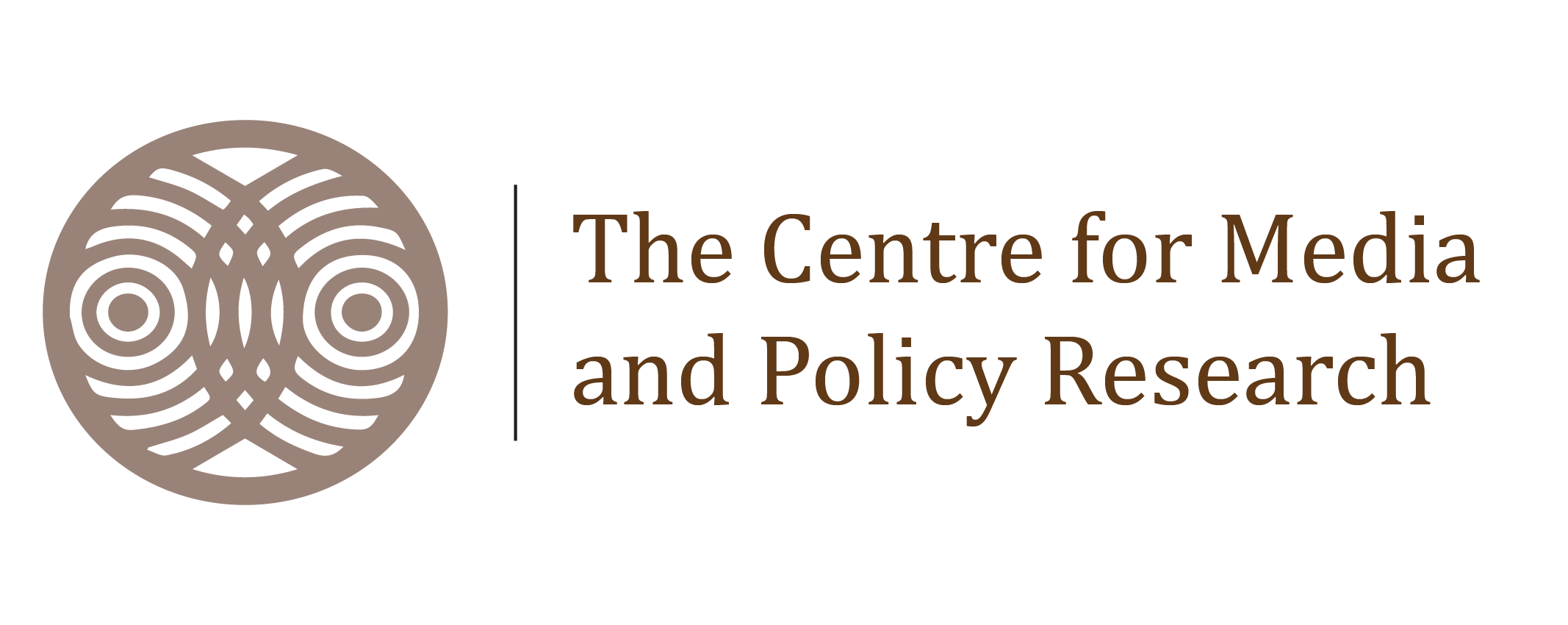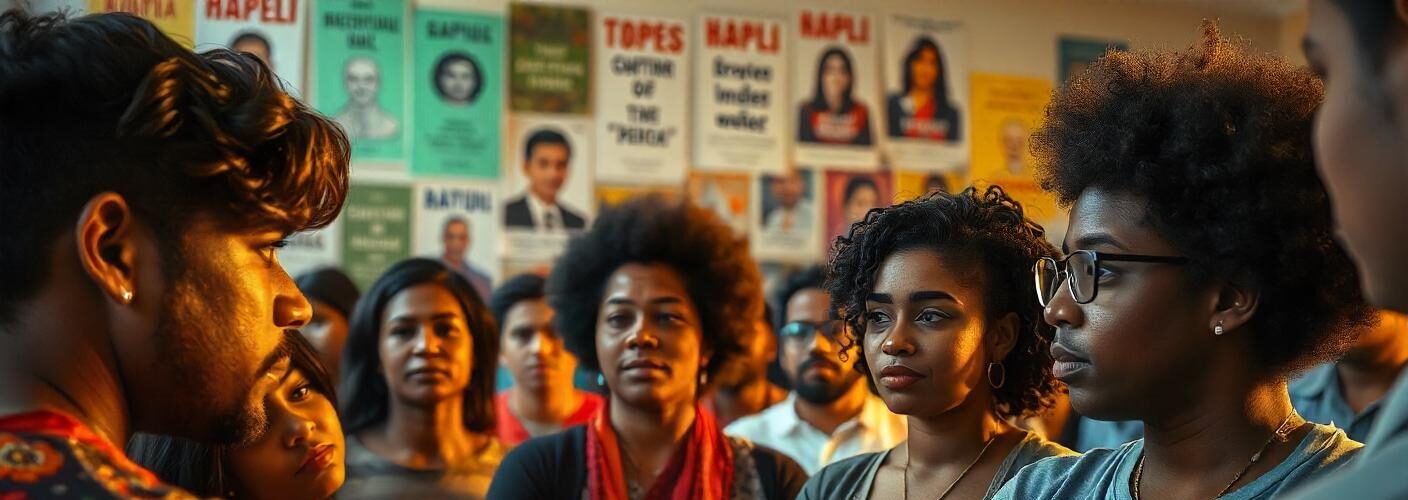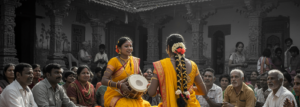Caste and Digital Inclusion in India: Challenges, Realities, and the Way Forward
The caste system, legally abolished in 1950, continues to shape modern Indian society. Despite constitutional provisions, caste-based inequalities persist, impacting access to education, employment, and social mobility. Affirmative action policies provide a glimmer of hope, yet they falter under weak enforcement, resistance from privileged groups, and the politicization of caste identities. Far from disappearing, caste hierarchies have evolved, adapting to new socioeconomic and digital landscapes.
The Shadow of Caste in Modern India
Rural India remains a stronghold of caste-based traditions, but urban spaces are not exempt. The Oxfam-Newslaundry Report (2019) revealed shocking disparities in Indian media, highlighting how caste privilege dominates even progressive platforms:
- None of the 121 newsroom leadership roles were held by Scheduled Castes (SC), Scheduled Tribes (ST), or Other Backward Classes (OBC).
- Over 70% of flagship debates featured upper-caste anchors and panelists.
- Only 10 out of 972 magazine cover articles focused on caste-related issues.
Digital Inclusion: Promise or Illusion?
In theory, the internet holds the promise of leveling social hierarchies, offering marginalized communities platforms to express themselves. Yet, as Bhatia (2024) explored in Children’s Digital Experiences in Indian Slums, digital inclusion often places undue pressure on families with limited resources. Public policies and corporate rhetoric romanticize technology’s potential but overlook the structural barriers faced by slum communities in cities like Bangalore, Delhi, and Mumbai.
Digital Platforms and Caste Realities
Instead of dismantling caste-based discrimination, digital platforms often replicate and reinforce it. Youth from marginalized communities find themselves navigating a double-edged sword:
- Hiding their identities to align with “aspirational” savarna-caste norms for social acceptance.
- Facing abuse when they embrace their true identities, often subjected to casteist slurs and online harassment.
This leads to devastating consequences, including psychological harm, self-hatred, and humiliation. Online anonymity further fuels hate speech, criminalizing Dalit and Adivasi identities while exacerbating societal inequities.
Hate Speech and Legal Shortcomings
Despite legal provisions like the Indian Penal Code (IPC) and the Information Technology (IT) Act (2000), casteist propaganda flourishes online.
- IPC Sections 153A and 295A: Criminalize actions promoting enmity between groups based on caste, religion, or race.
- IT Act Section 79: Provides “safe harbor” to platforms, absolving them of liability for user-generated content if flagged in ‘good faith.’
However, these measures fall short due to inconsistent enforcement. The Supreme Court’s 2015 decision to strike down Section 66A, which criminalized offensive online messages, further created a regulatory vacuum in combating hate speech effectively.
The Role of Social Media Platforms
Social media giants like Facebook, Twitter, and YouTube claim to limit hate speech through community standards. Yet, their enforcement has been inconsistent. Some efforts to address caste-based hate include:
- Collaborating with anti-caste activists to refine content moderation strategies.
- Explicitly including caste as a protected category and defining caste-based hate speech.
- Developing localized reporting systems in regional languages for easier abuse flagging.
Stories of Resistance and Resilience
Despite systemic oppression, marginalized communities are leveraging digital platforms to challenge dominant narratives. Social media provides a voice to Dalit-Bahujan and Adivasi youth, empowering them to share their stories, demand rights, and resist homogenized expectations.
However, this resistance is met with backlash. Kain et al. (2021) documented hate speech targeting those who openly discussed caste discourse online, with respondents recounting abuse such as “Go back where you came from” or being told they should stick to traditional caste-based occupations.
The Path Forward: Toward Digital Equity
Eradicating caste-based hate speech requires a multi-faceted approach, combining legal reforms, ethical media practices, and proactive platform policies:
- Stronger Legal Frameworks: Address gradations of caste-based abuse and bridge the gaps in current laws.
- Transparent Algorithms: Prevent the creation of echo chambers that reinforce casteist narratives.
- Empowering Marginalized Voices: Ensure Dalit-Bahujan advocates play an active role in shaping platform policies.
- Inclusive Moderation Practices: Platforms must develop community standards that reflect India’s socio-cultural diversity.
- Support for Victims: Build mechanisms to help victims of online abuse report incidents and access mental health resources.
References
- Bhatia, K. V. (2024). Children’s Digital Experiences in Indian Slums: Technologies, Identities, and Jugaad. Amsterdam University Press.
- Kain, D., Narayan, S., Sarkar, T., & Grover, G. (2021). Online Caste-Hate Speech: Pervasive Discrimination and Humiliation on Social Media.
- Datta, S. (2021). Casteism Keeps Our Top Institutes Running: Online Discussion Among Dalit, Bahujan, and Adivasi Advocates. The Life of Science.
- Sato, S. (2024). The Current State of the Caste System in Contemporary India: Persistence, Challenges, and Legal Responses.
Author: Aparna Verma
Read more…






